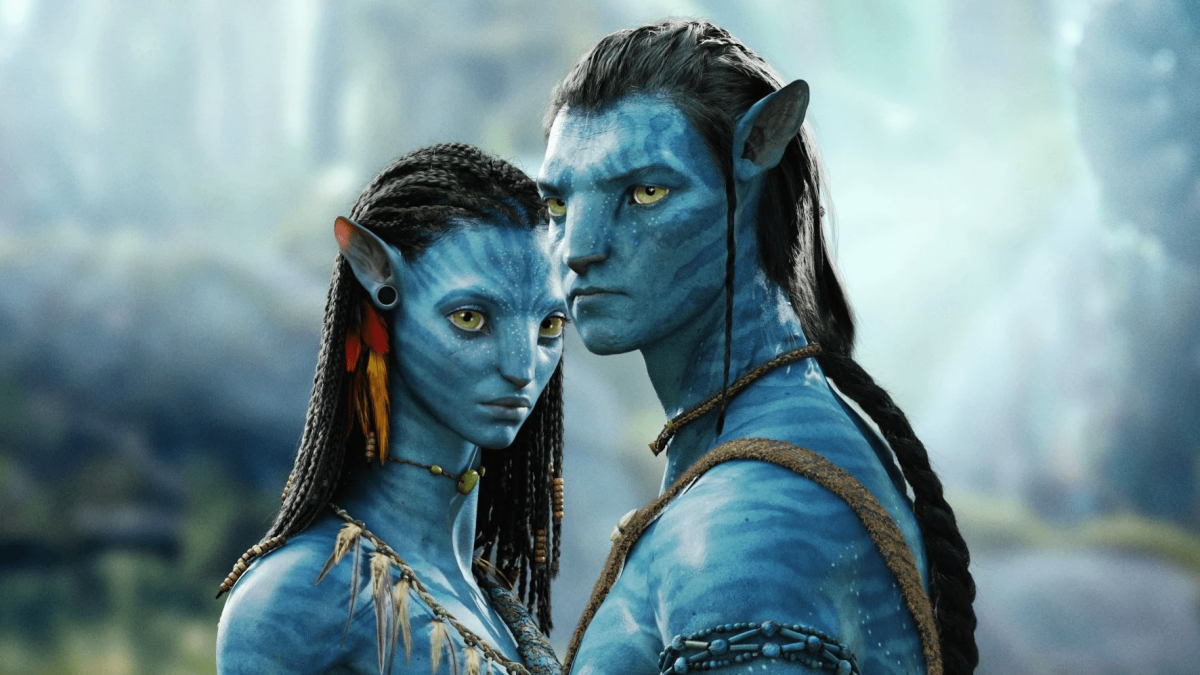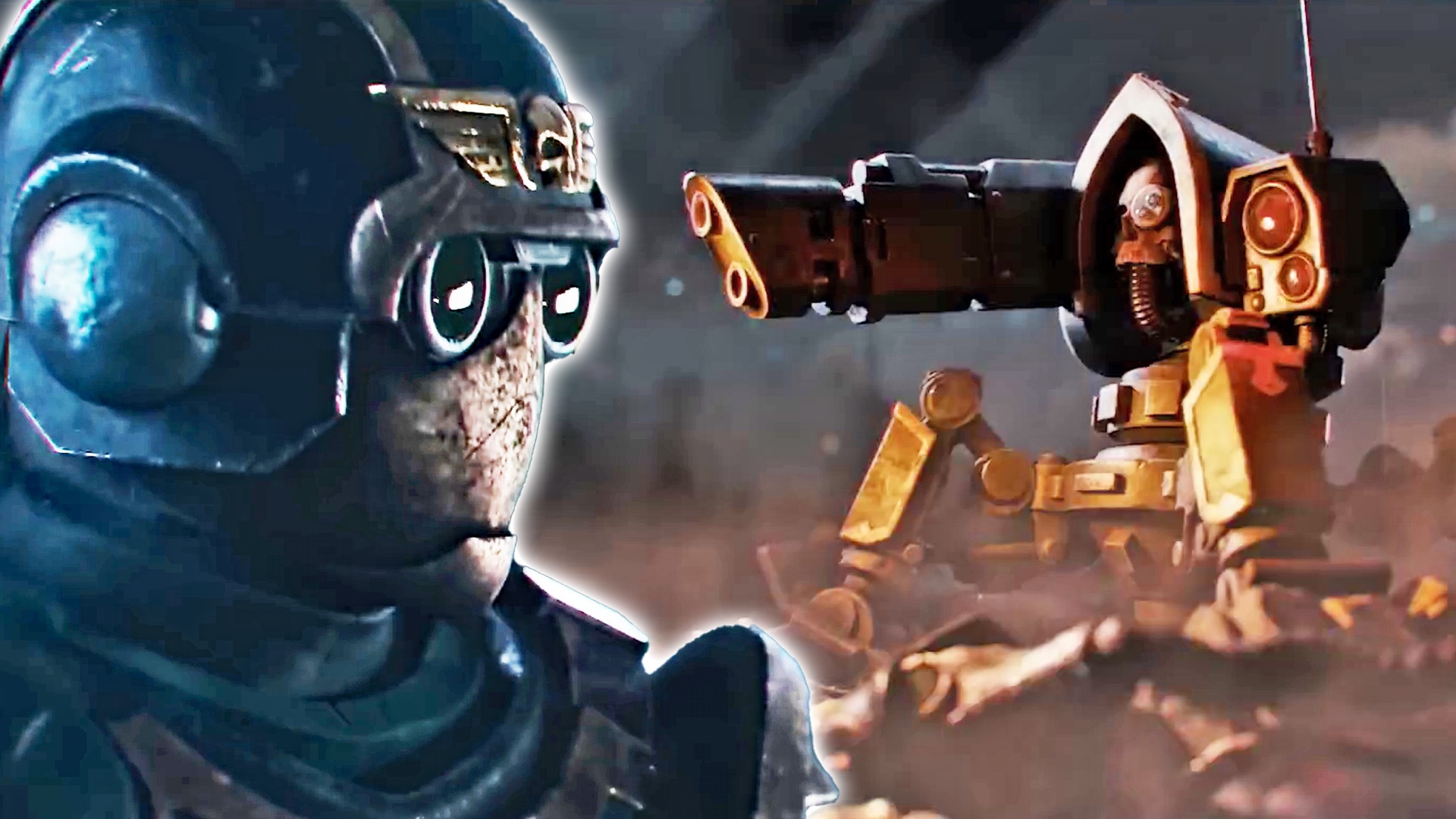News culture Did James Cameron’s Avatar copy these two films? Their similarities to this great sci-fi saga are uncanny!
Did James Cameron plagiarize these two blockbusters with “Avatar”? Given the many similarities, doubts are justified.
Although “Avatar” was celebrated in the cinema and became one of the biggest blockbusters of recent years, it narrowly escaped a scandal. While the visual design is always praised, the story is often criticized for its simplicity. It remains effective, but in the end it uses codes that we have often seen in the cinemaThis makes one wonder whether James Cameron has not also plagiarized other films, especially these two stories.
Plagiarism or not plagiarism?
Among the myths that Avatar takes up is that of Pocahontas. This quickly caught the attention of fans, as the similarities are almost obvious. Both Jake Sully and John Smith travel to indigenous lands o Find out about local resources to use. The first, however, falls in love with Neytiri (the daughter of the local chief) and reconsiders his obligations before the beauty of Pandora. On Smith’s side, he questions himself in the same way, but with PocahontasWith so many similarities, Cameron has undoubtedly worked on the 1995 film several times. However, it is impossible to say whether this is a plagiarism or an homage. There are also doubts about the film “The Last Samurai”, which is also very reminiscent of “Avatar”.

Let’s play the game of seven differences between Edward Zwick’s The Last Samurai and James Cameron’s Avatar again. Once again, a foreign protagonist comes with evil intentions but changes his mind when faced with the local culture. Nathan Algren is hired to train the modern Japanese army to crush the traditional samurai uprising. However, he changes perspective and then criticizes Japan’s rapid modernization. Algren even advocates the code of Bushido and samurai customs. Then you can Replaces Neytiri with Takathe widow of a samurai killed by the hero.
Even the ratings are the same

Although there are many similarities, we cannot really say whether it is plagiarism, as these themes of rebellion and personal transformation remain universal. What is particularly surprising is that “Pocahontas” (1995), “The Last Samurai” and “Avatar” All three were equally criticized : the use of the trope of “White savior” and cultural appropriation.
It is a plot device that always places a white hero against a population in distress without ever highlighting them. This motif is often paternalistic and stereotypical and sometimes spreads false historical information. It contributes toan unbalanced representation in the media, where white characters dominate even in stories about non-white cultures. As if a single hero, initially an enemy, could reverse the existing domination. Fortunately, despite these shortcomings, the three films have immense qualities and are, above all, jewels of cinema








